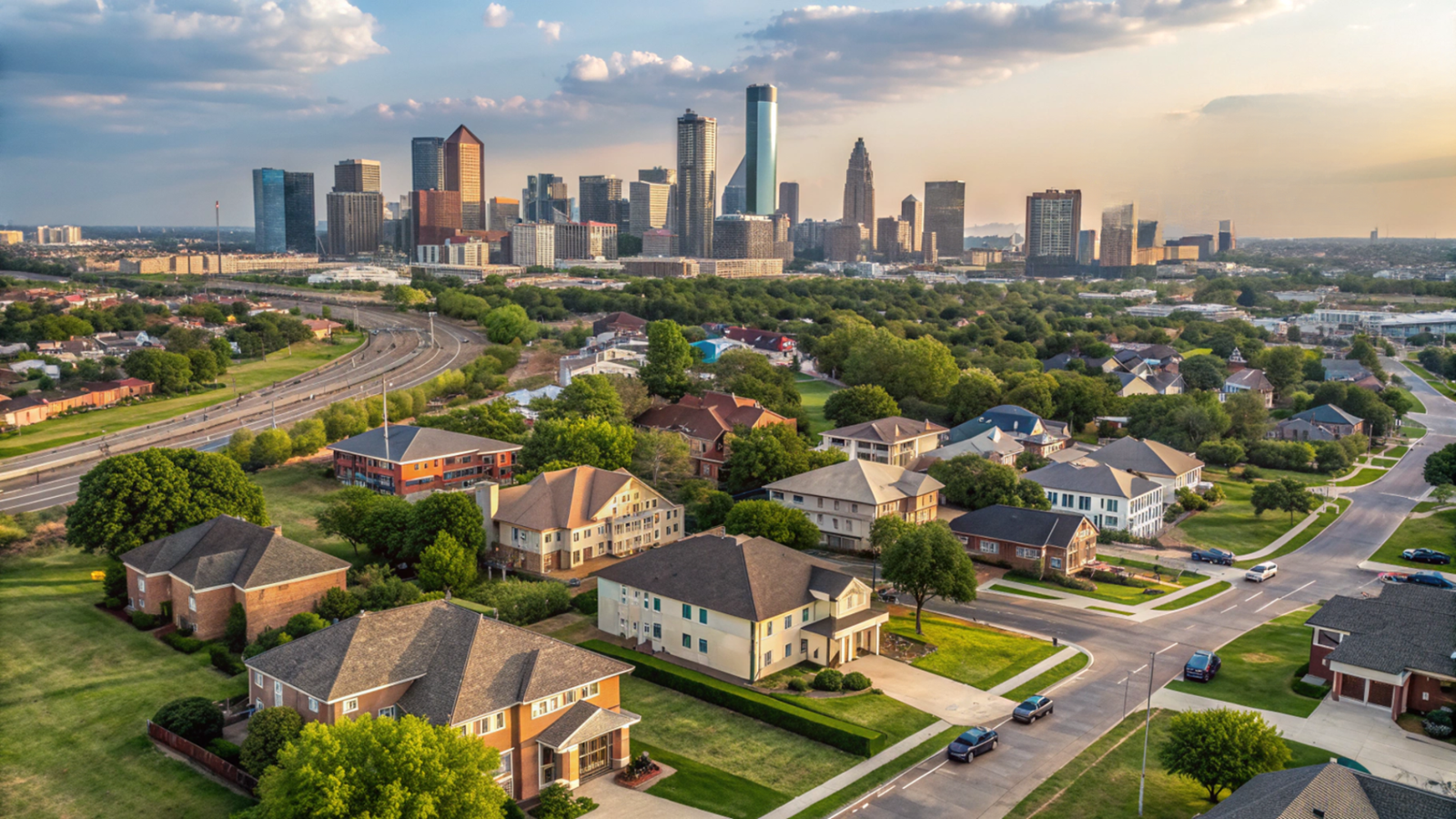When people hear “big city,” they often picture sky-high rent, long commutes, and crowded everything. But what if I told you that some of America’s largest cities are quietly rewriting that narrative—with affordable housing, shorter commutes, and a surprisingly high quality of life? If you’re considering big cities to move to in 2025, the latest U.S. News & World Report ranking of the 15 Best Big Cities to Live in the U.S. for 2025–2026, released June 16, offers some surprising insights. It’s not just a list—it’s a wake-up call for anyone who’s assumed the only way to live well in a major metro is to make six figures and suffer through two-hour traffic jams.
Table of Contents
ToggleBest Big Cities to Move to in 2025: What’s Driving the Buzz?
U.S. News evaluated 859 U.S. cities based on affordability, job market, quality of life, health care access, and more. From that massive list, 15 large cities (population 499,000+) rose to the top. The surprise? Cities like Oklahoma City, El Paso, and Fort Worth ranked higher than trendier or pricier spots like San Diego or Seattle. These cities didn’t just win on cost—they delivered balanced urban living without the burnout.
Why These Rankings Matter (More Than You Think)
1. Affordability Is the New Amenity
The median home price in El Paso? $175,800. In Oklahoma City? Just over $230,000. That’s $140,000–$195,000 less than the national average. These aren’t just “cheaper” cities—they’re smart buys in a housing market where stretching your dollar matters more than ever. Buyers priced out of coastal metros should take note.
2. Quality of Life Isn’t Just for the Rich
Health care, air quality, and commute times were key drivers of these rankings. Cities like Jacksonville, Fort Worth, and Charlotte ranked in the top 15% for health care access and top 10% for air quality—features often reserved for higher-end zip codes. San Antonio, despite being nearly 1.5 million strong, maintains a commute time of just 22 minutes on average. That’s unheard of in places like Los Angeles or New York.
3. The South and Midwest Are the New Opportunity Zones
Seven out of the top 10 cities are in Texas or the Southeast. That’s no coincidence. States like Texas, North Carolina, and Florida have attracted businesses, talent, and families with low taxes, expanding economies, and pro-growth policies. Dallas, Austin, and Houston all ranked high despite rising home prices because of their job markets, diverse economies, and quality-of-life perks—including green spaces, cultural amenities, and top-ranked hospitals.
4. Migration Patterns Are Telling a Story
Fort Worth and Houston had some of the highest net migration numbers last year. People are voting with their feet—and they’re choosing cities where life is more livable, not just more “Instagrammable.” If you’re an investor or even a remote worker, these patterns could be your early signal to buy in or relocate before prices catch up.
Smart Moves: What You Should Do Now
If you’re a…
Homebuyer:
Look beyond the obvious metros. Oklahoma City, El Paso, and Columbus offer affordability and livability. With mortgage rates still elevated, a lower home price can make all the difference in your monthly budget.
Real Estate Investor:
Focus on population growth. Markets like Fort Worth and Jacksonville aren’t just growing—they’re diversifying. That’s the sweet spot for buy-and-hold rental strategies.
Remote Worker or Renter:
Don’t rule out relocating. Cities like Mesa, AZ and Charlotte, NC offer great weather, health care, and amenities—without New York or San Francisco prices.
Micro Q&A:
What is the U.S. News Best Big Cities to Live in the U.S. list?
It’s an annual ranking that highlights large cities (populations of 499,000+) that balance affordability, quality of life, job opportunities, and desirability. It’s based on real data—not just popularity contests.
Want a Shortcut to Spot Cities Like These?
Pay attention to three signals:
- Median home price well below national average
- Job growth and business relocation trends
- Health care and commute rankings in the top 20%
Tools like U.S. Census migration maps or Realtor.com’s market trend dashboards can help you validate these quickly.
Curious Minds Want to Know…
Why isn’t New York, L.A., or Chicago on this list?
Because high cost of living, long commutes, and declining affordability knocked them out of contention—even with their cultural cachet.
Should I move just because a city ranks high?
Not necessarily. But if you’re already thinking about relocating, this list is a great place to start narrowing your options.
Are these cities good for families or just young professionals?
Many—like Charlotte, Columbus, and San Antonio—ranked well in education and health care access, making them solid picks for families too.
Final Thought:
The “best” big city isn’t the one with the most buzz—it’s the one where your money, time, and health go furthest. In 2025, that might just be somewhere you hadn’t even considered… yet.


